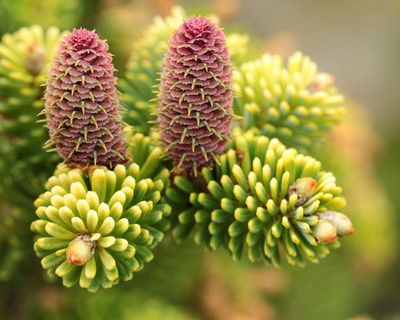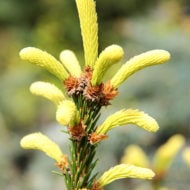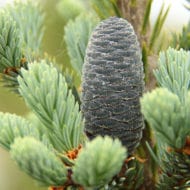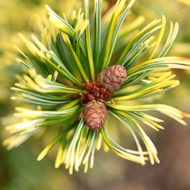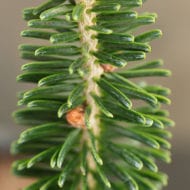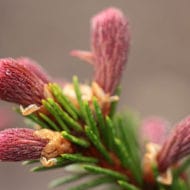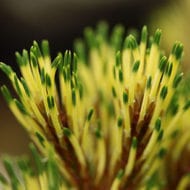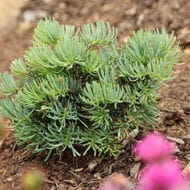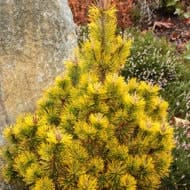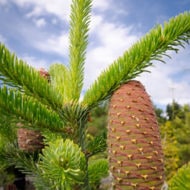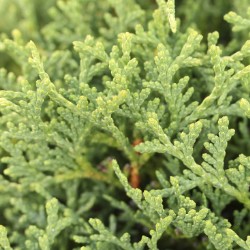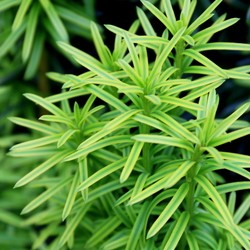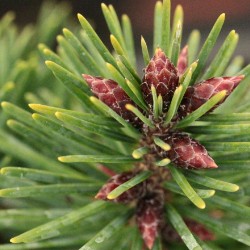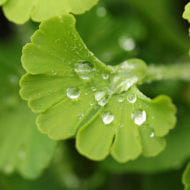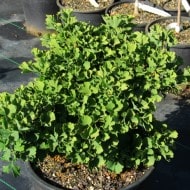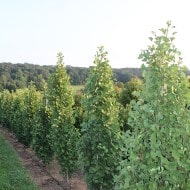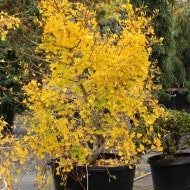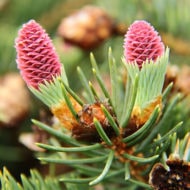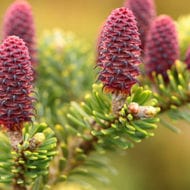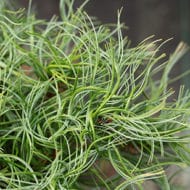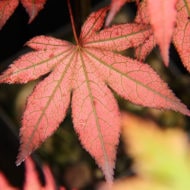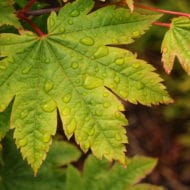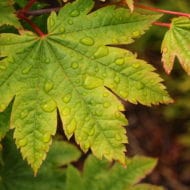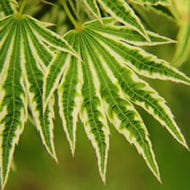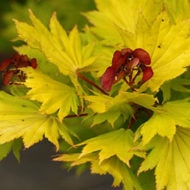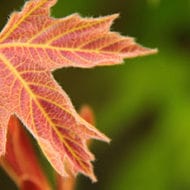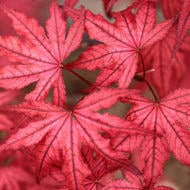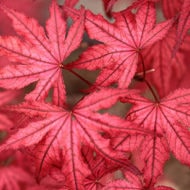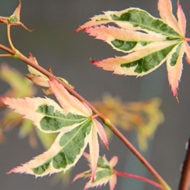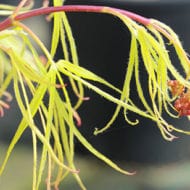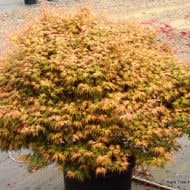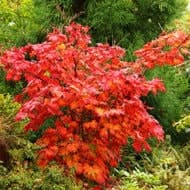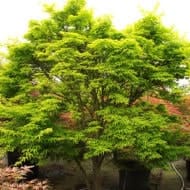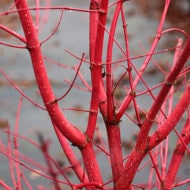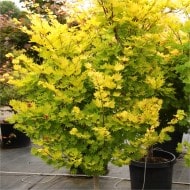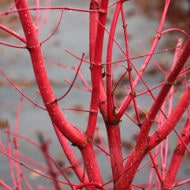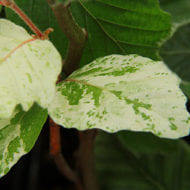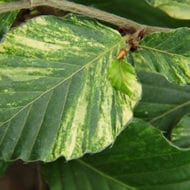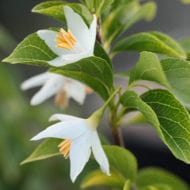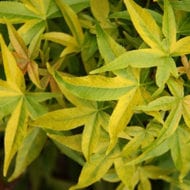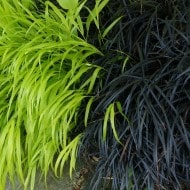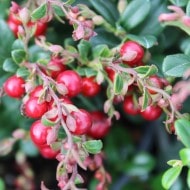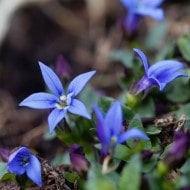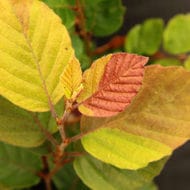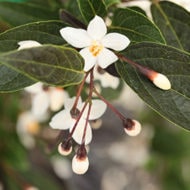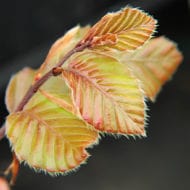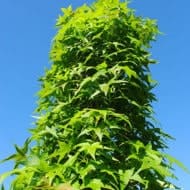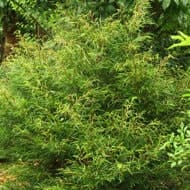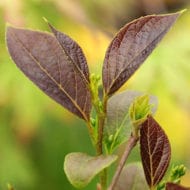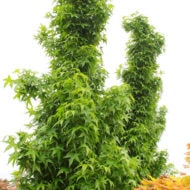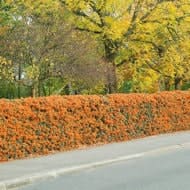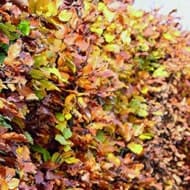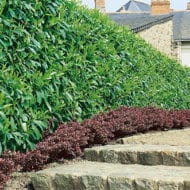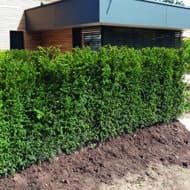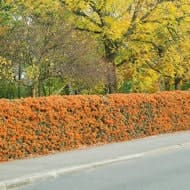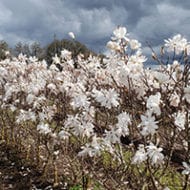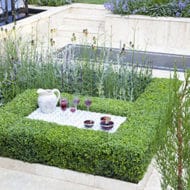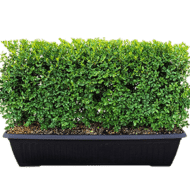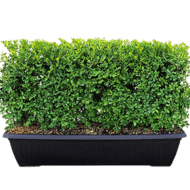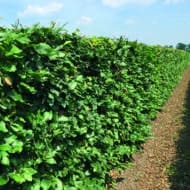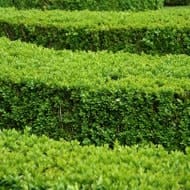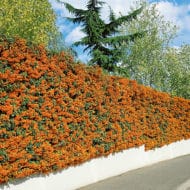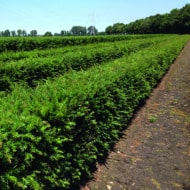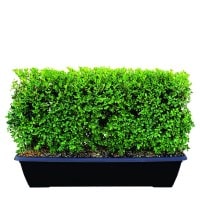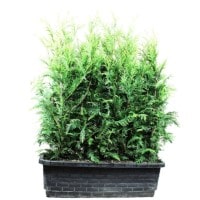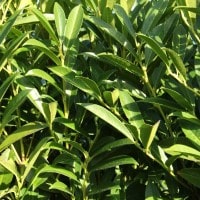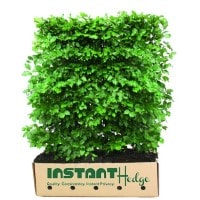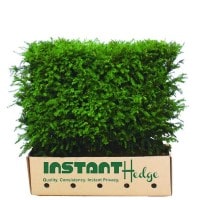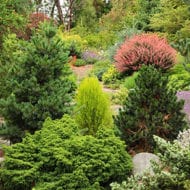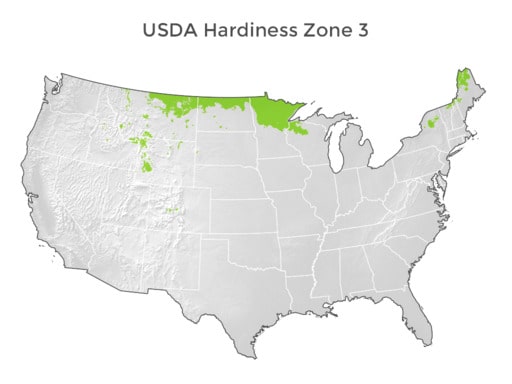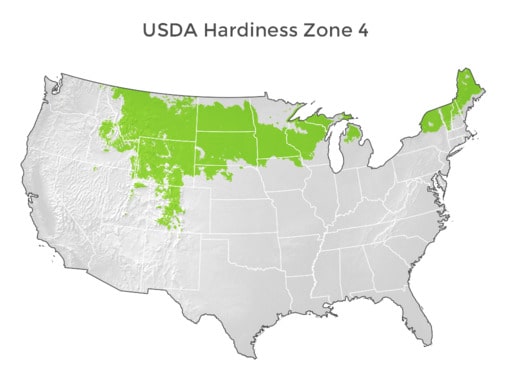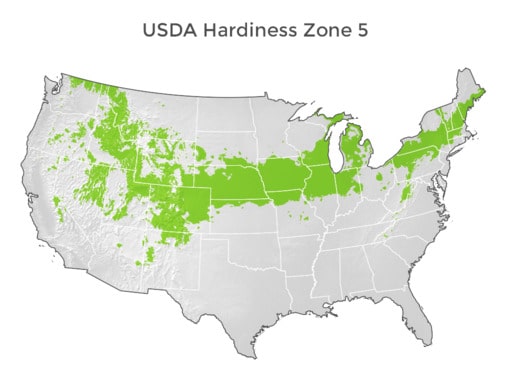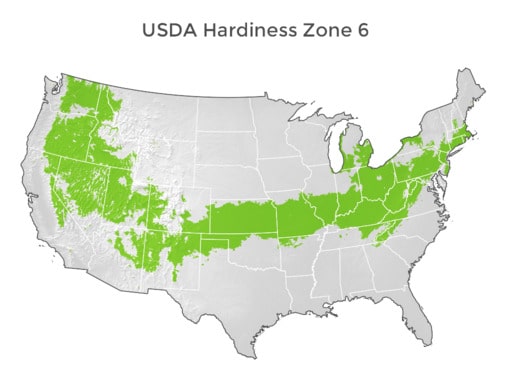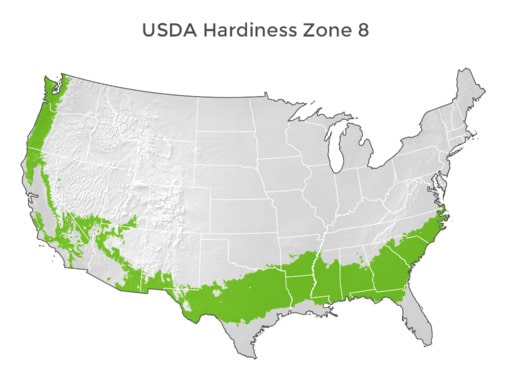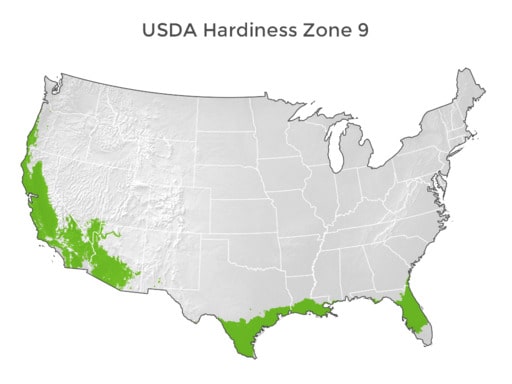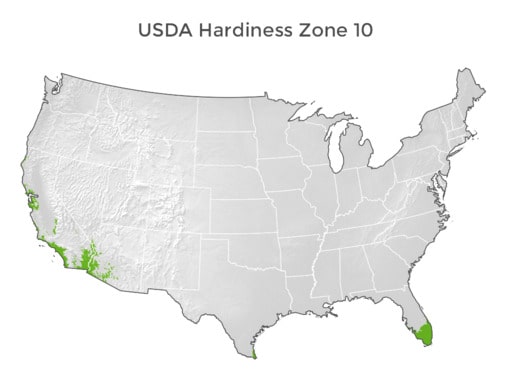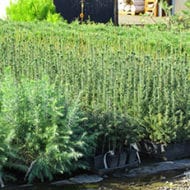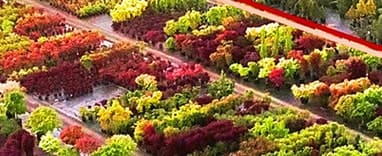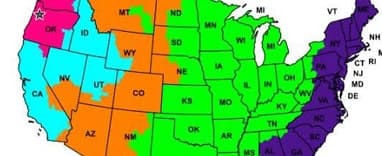
February 10th through February 20th, 2021 ushered in a series of three severe winter storms that swept through the southern United States with high winds and caused temperatures to plunge below zero. Sleet and ice covered the Deep South, and in Texas, the failure to protect its grid from an unseasonable cold caused it to break down and created a major electricity shortage. In 2002, in an effort to lower the cost of power, Texas chose to isolate itself from the large, national power grids and electricity could not be funneled from other states into Texas. Over 5 million households and businesses lost power for a number of days, leaving people without heat, light, and food. Pipes burst, so there was no water.
The people of Texas were suffering and so were their plantings. Trees, shrubs, hedges, and smaller plantings in Texas died or were damaged. Palms, live oaks, and lacebark elms froze and many died. Southern hedges that were not cold hardy, such as rosemary, wax myrtle, pittosporum, loropetalum, privet, and oleander were severely damaged or died. These hedges grow in USDA hardiness zones 7 and 8 to zone 10, and cannot live in the freezing conditions of 15⁰ F to -20⁰ F that Texas experienced.
With the possibility of continued unstable and harsh weather patterns, cold-hardy plantings that will grow well in Texas are a great way to go. Under the most severe winter conditions, they may experience some damage, but will survive and grow back the next year. Texas’ USDA hardiness zones range from 6 in North Texas to 10 at the southern tip. The large cities of Abilene, Austin, Dallas-Fort Worth, and Midland are in zone 8, with Houston, San Antonio, Beaumont, and Corpus Christi in zone 9. Brownsville, at the southern tip of the state, is in zone 10.

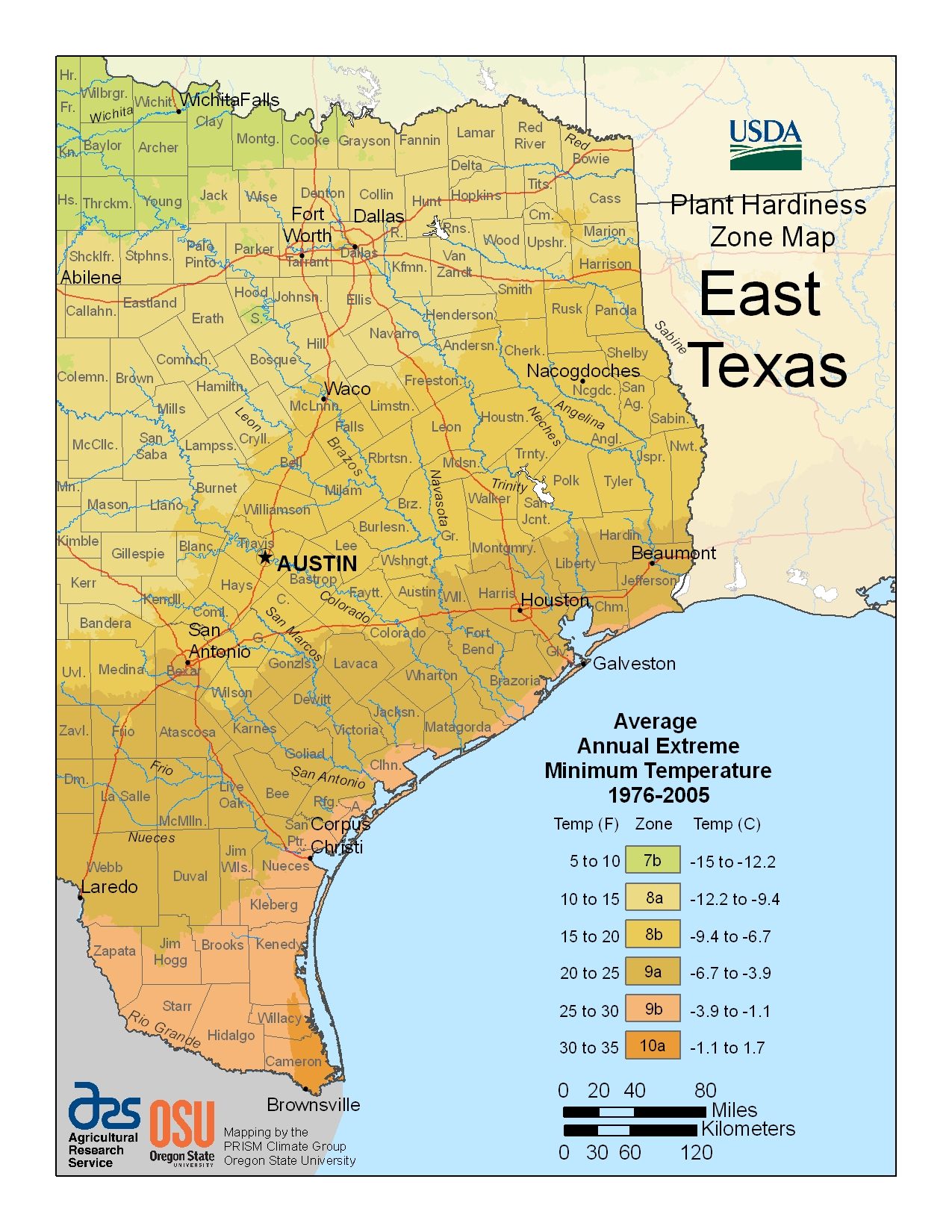
The following hedges can withstand the cold of a northern climate but are also able to grow well from the top of Texas down to zone 8, and some even to zone 9. They are excellent alternatives to the strictly southern plantings.
Boxwoods
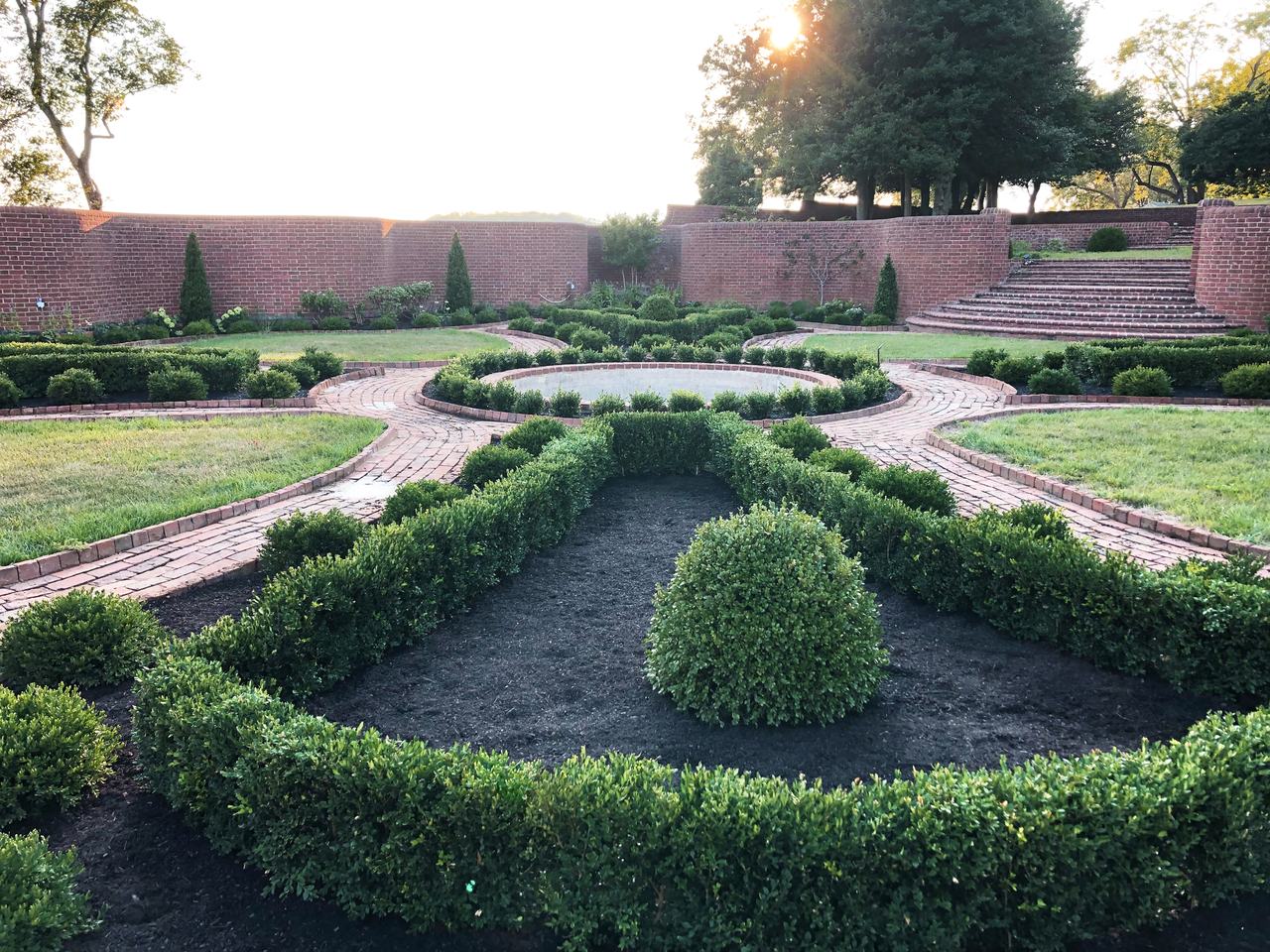
Boxwood ‘Green Mountain’ and Boxwood ‘Schmidt’ are both cold-hardy evergreen shrubs that grow from USDA hardiness zones 5 to 8. They make beautiful, fine-textured, low borders or medium-height privacy hedges that hold their green color through the winter. And are the perfect freeze tolerant shrubs for Texas.
Cherry laurels
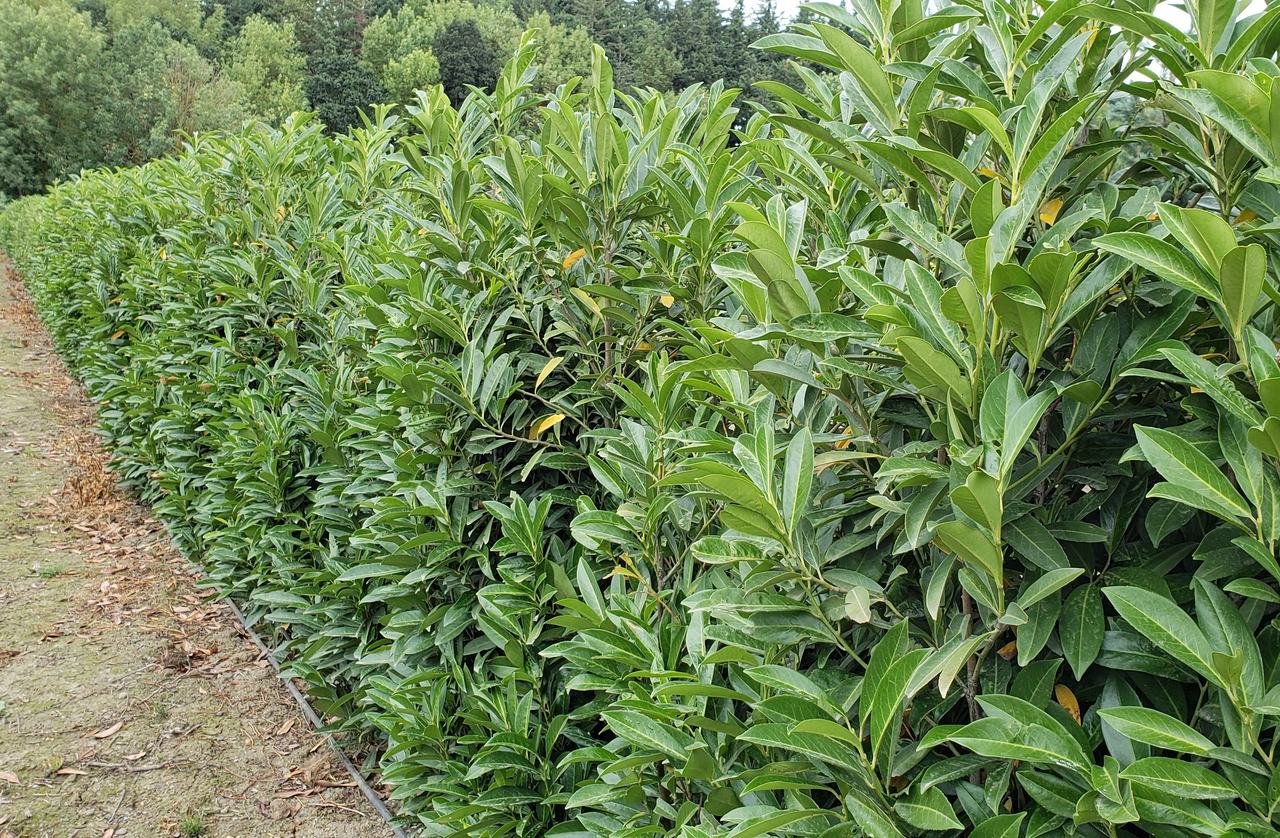
The shiny-leaved, large-textured Cherry laurels are outstanding choices for medium to tall privacy hedges in Texas. English Cherry laurel (Prunus laurocerasus) is hardy from zones 6 to 9, Schip laurel (Prunus laurocerasus ‘Schipkaensis’) from 6 to 9, and Portuguese laurel (Prunus lusitanica) from 6b to 9b.

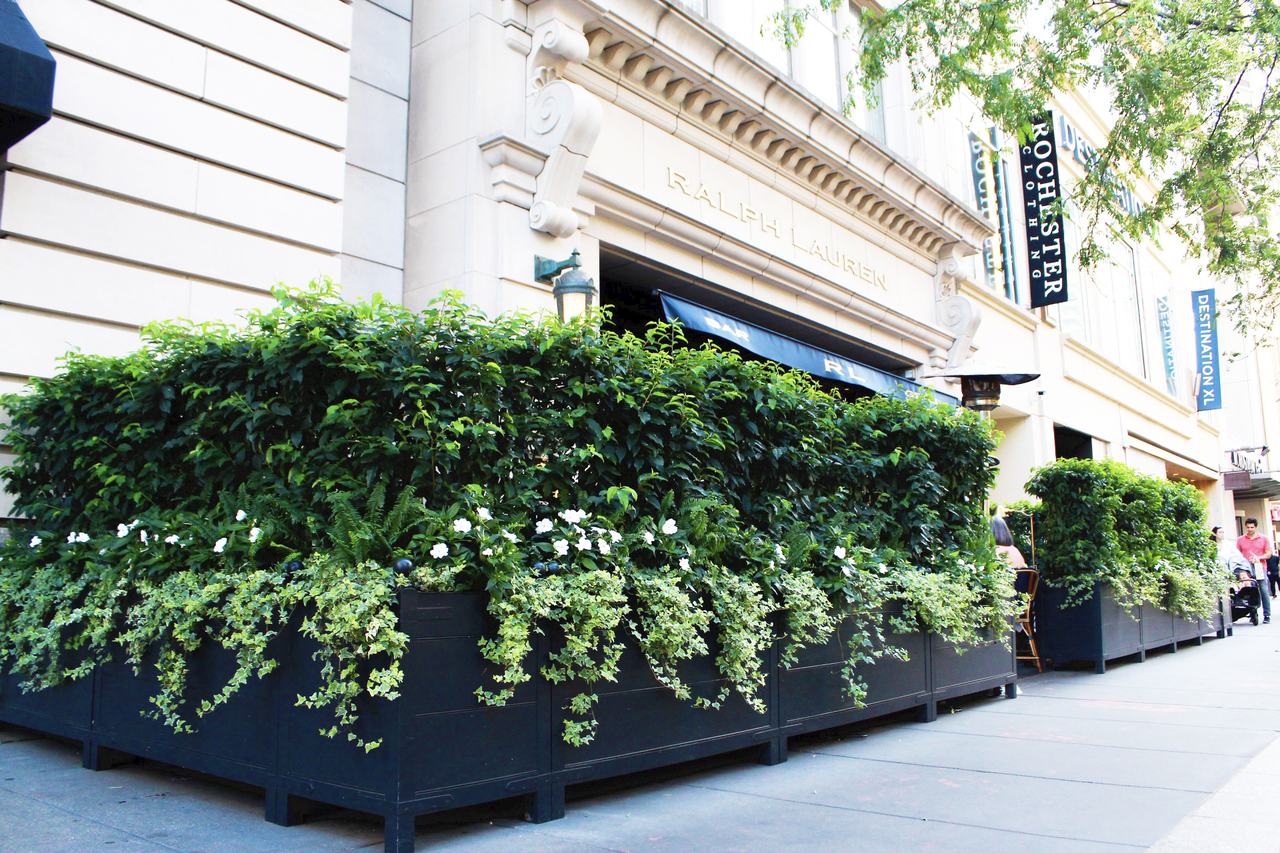
They are all attractive and dense and can weather some winter damage.
Hicks Yew
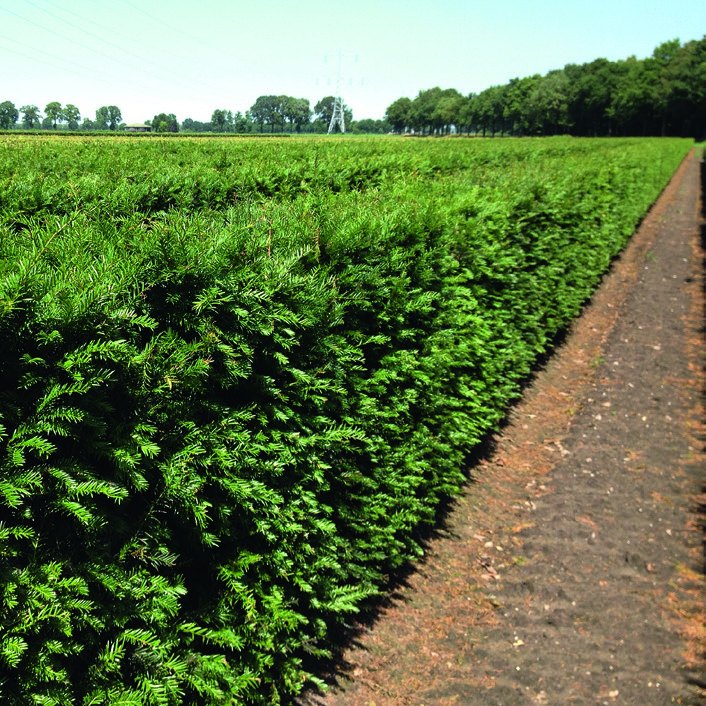
Hicks Yew (Taxus × media ‘Hicksii’) grows in hardiness zones 5 to 8, and is a popular medium to tall privacy hedge with its dark green, shiny foliage, and red, non-edible berries. It is cold hardy and yet grows well in southern gardens and is a good choice for Texas gardens through the top three-quarters of the state.


